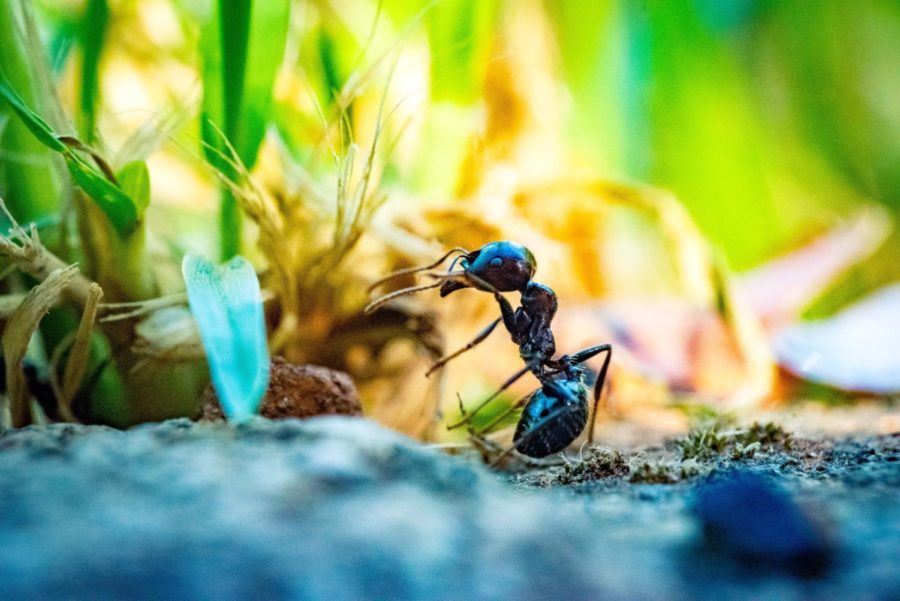Is “The Last of Us” Plausible in Real Life?
June 3, 2023
Within the first three months of 2023, the HBO show The Last of Us premiered nine episodes in its first season and took the world by storm. Based on the 2013 video game developed by Naughty Dog, the show follows the storyline of a post-apocalyptic world during a pandemic caused by Cordyceps, a fungal agent with the ability to take over the brain of its hosts and transform them into zombie-like creatures.
The first episode of the show opens with a talk show in 1968, where two scientists discuss the threat of an untreatable fungal infection. One of the doctors claims that humans have the ability to overcome any crisis except a fungal pathogen, such as Cordyceps, given that there is no cure available. However, they conclude that fungi are incapable of surviving in the human body due to high internal temperatures. The scene ends with the foreboding hypothesis that global warming may lead fungi to evolve and be able to sustain higher temperatures. The show then jumps to 2003, where the hypothesis is proved correct as a mutated Cordyceps sparks a global pandemic of fungal infections.
Following widespread acclaim of the show as the first season came to a close in March, one dominant question arose: how much of a mutated Cordyceps is truly fiction and how possible would a real-world apocalypse caused by a fungus be?
To begin, Cordyceps is real, as it is a genus of fungi commonly parasitic to insects and certain types of arthropods. In general, all parasites require a host to survive. For example, in tropical rainforests, ants are one of the most appealing hosts to fungal parasites. Within the Cordyceps genus, Ophiocordyceps unilateralis is one such pathogen that—through millions of years of evolution—developed one of the most sinister methods of survival in today’s world. The fungus infects foraging ants by binding fungal spores to the ant’s exoskeleton and penetrating it. As the fungus begins to take over the behavior of the ant, it is forced to travel to a humid area more favorable for microbial growth. In this humid microclimate, the ant is compelled to sink its jaws into a leaf vein about ten inches off the ground and await death. All the while, the fungus feeds on the inside of the ant’s body, leeching it of its nutrients and turning it into a mere shell. Finally, the fungus fills the body with its spores and grows a wiry stroma out of the base of the ant’s head, which is used as an ejector for more spores to infect new ants.
While it is unclear how the fungus is able to control the host, recent studies have shown that fungal cells are found in tubular scaffolds around the ant’s muscle bundles rather than within the brain. This suggests that the fungus controls hosts directly through the muscles, rather than through the brain as indicated in the fictional work of The Last of Us.
So, can Ophiocordyceps unilateralis mutate and be able to infect humans? The likely answer is no. Ophiocordyceps fungi are incredibly specialized and specifically target the biological composition of ants. Since the physiology of ants and humans differ dramatically, the limiting factor of fungal pathogens are likely differences in host structure rather than temperature.
However, some other funguses such as psilocybin do have the temporary ability to alter the human mind. Luckily, these effects wear off as soon as the fungus leaves the digestive tract. While the fungus-induced brain takeovers of The Last of Us are ultimately unrealistic, fungal pathogens may still pose a problem to humans. As suggested by the doctors at the start of the show, climate change is hypothesized to be the cause of a real-life 2009 novel fungi with the ability to spread from person to person, the first fungus to do so. In addition, the increase of immunocompromised individuals and increased use of antibiotics compound the threat of fungal infection. Antibiotics are prescribed to treat bacterial infections, but a consequence of removing pathogenic bacteria is that they also wipe out the body’s natural bacteria. Without these good bacteria to protect the body, it is left susceptible to fungal infection. Therefore, though The Last of Us will not happen in real life, it has brought media attention to fungal infections and subsequently benefitted campaigns to spread awareness of the rising threat.













